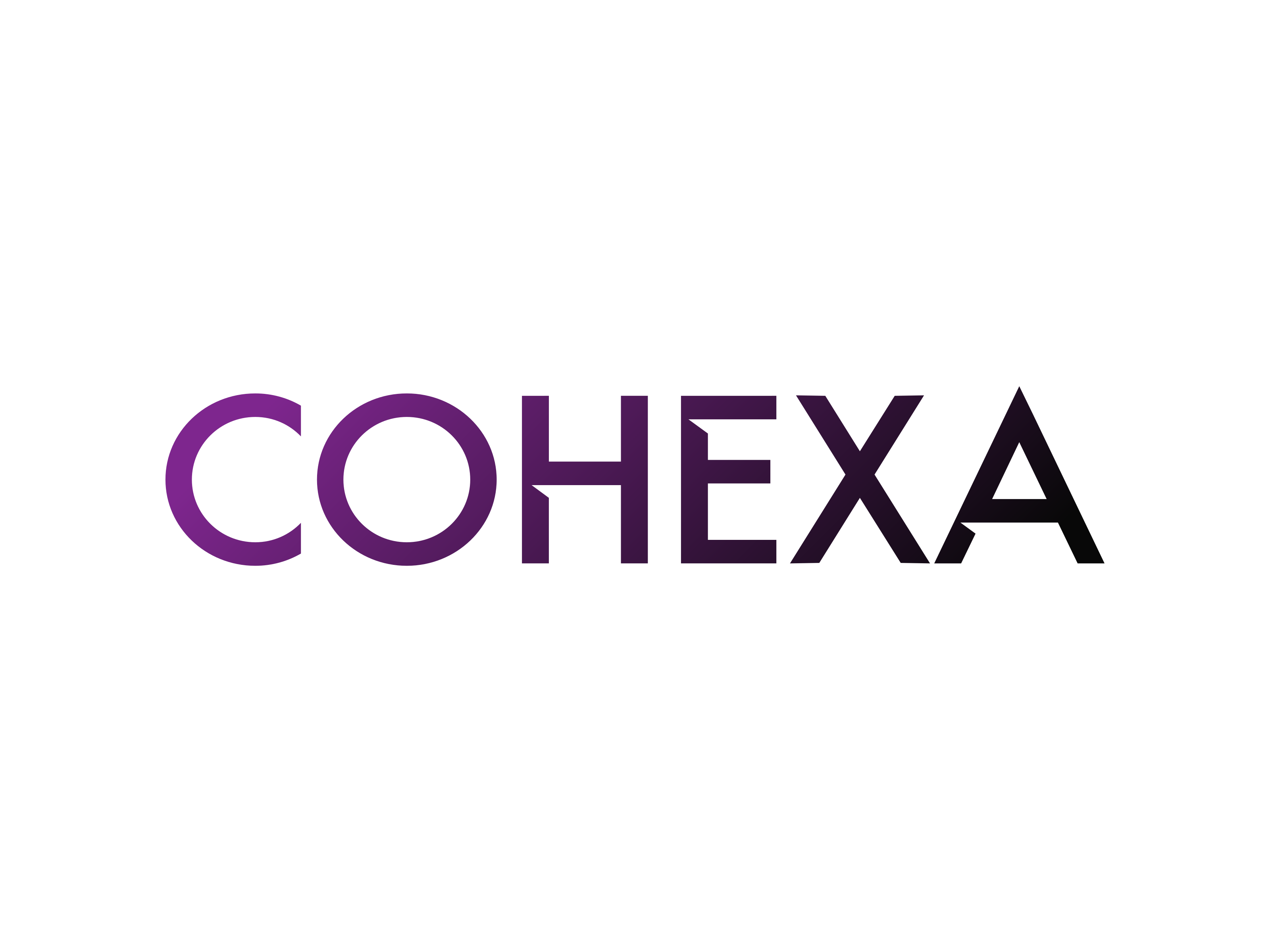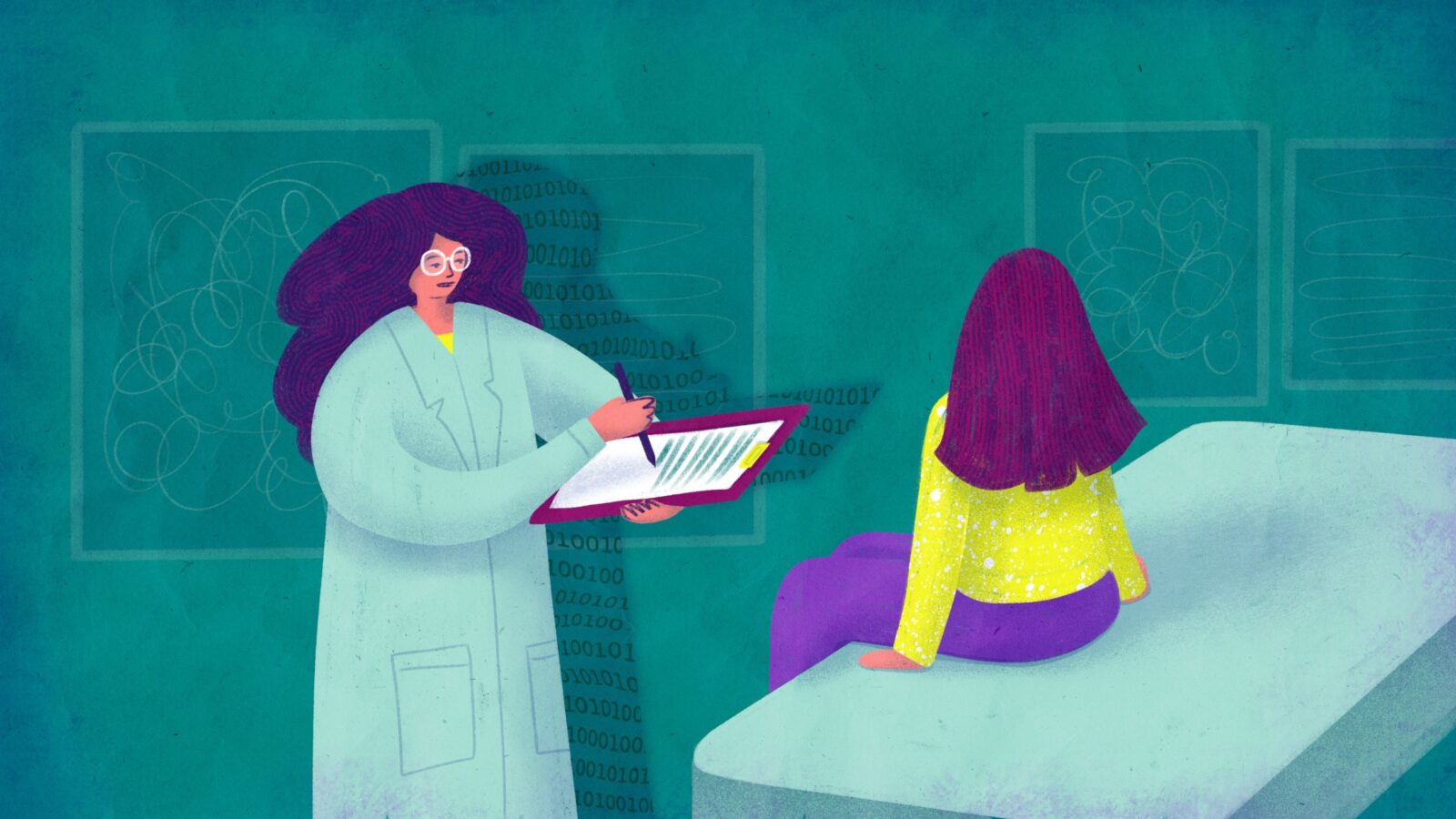Through an iterative process, the generator refines its abilities to produce increasingly realistic content. Notably, there is a burgeoning interest in applying Generative AI within the realm of healthcare, with the potential to revolutionize various facets of the industry, from drug discovery to patient care.
The healthcare sector is a vast market marked by significant administrative inefficiencies. In the United States alone, where annual spending exceeds $4 trillion, approximately $300 billion is attributed to administrative operational expenses, primarily stemming from repetitive and labor-intensive processes.
Generative AI, with its capacity for intelligent content creation, proves particularly adept at addressing the labor costs inherent in this service-centric industry.
A little about GMAI

What is GMAI?
Stanford researchers and their collaborators describe generalist medical artificial intelligence, or GMAI, as a new class of medical AI models that are knowledgeable, flexible, and reusable across many medical applications and data types
GPT-4 stands out as the pioneering multimodal large language model (LLM), proficient in both text/language and image comprehension. This unique capability allows seamless interaction with generative AI for medical inquiries, even in the absence of models pre-trained on the extensive medical literature and multi-dimensional data from millions of patients. Leveraging the transformer architecture, ideally suited for such inputs, GPT-4 excels in tackling unprecedented challenges and learning from diverse inputs and tasks. Termed Generalist Medical AI (GMAI), this innovative model holds immense potential in healthcare delivery.

The transformative impact of GMAI in healthcare is profound, offering liberation from conventional clinical keyboard input through automated generation of notes, discharge summaries, pre-authorizations, and various other forms of clinical documentation. Surgeons can employ GMAI to identify elements in the operative field, a process referred to as Augmented procedures. For instance, GMAI can generate CT scan reports that spotlight imaging abnormalities or focus on specific areas of concern, producing Grounded reports. Moreover, it can quantify differences between images taken at different times, providing insights into the progression of a medical condition, and comparing it to relevant findings in the medical literature.
The versatility of GMAI opens new avenues for efficiency and accuracy in medical documentation and decision-making. It establishes highly adaptable interactions and opens up an extensive array of potential applications, empowering patients to inquire about their symptoms and data. GMAI excels in constructing a comprehensive understanding of a patient’s condition by integrating various modalities. This encompasses unstructured descriptions of symptoms, continuous glucose monitor readings, and patient-provided medication logs.
Okay enough about GMAI…
Artificial Intelligence (AI) is rapidly reshaping healthcare, leveraging its capacity to analyze extensive datasets and identify patterns, thereby offering valuable insights for doctors and healthcare providers. Generative AI, a specific subset of AI, holds particular promise in the healthcare domain.
Facts you may not know:
AI possesses the potential to significantly augment healthcare by improving patient care, reducing costs, and enhancing operational efficiency.
Generative AI is prominently employed in drug discovery, disease diagnosis, personalized patient treatment, and medical research.
Challenges such as interpretability, the need for large datasets, transparency, and ethical considerations must be addressed before implementing GenAI in any medical endeavor.
AI has the capability to expedite and advance medical research, disease prevention, diagnosis, and treatment, contributing to the overall transformation of the healthcare industry.
Understanding Generative AI

Generative AI entails instructing machines to learn from examples and generate new content based on that acquired knowledge. Complex algorithms are employed to discern patterns and create new content resembling the input data.
There are two primary types of generative AI:
Unsupervised Generative AI: Learns from unstructured data without predefined labels or categories. It proves beneficial when there is abundant data but limited guidance on how to analyze it.
Supervised Generative AI: Learns from labeled data, where the machine is supplied with input data alongside corresponding labels or categories. This enables the machine to generate new content fitting into predefined categories.
Functionality of Generative AI
Generative AI operates through deep learning neural networks modeled after the structure of the human brain. These networks consist of interconnected layers of nodes that process information. Input data is fed into the network, with each node processing information and passing it to the subsequent layer. The final layer produces the output, constituting the generated content.
Generative AI can produce content in diverse formats, including images, text, and sound, with the output being shaped by the input data — whether it be text, images, or sound.
Drawing parallels from the success of generative AI in legal tech, where Large Language Models (LLMs) have unlocked growth and disrupted traditionally challenging software verticals, a similar potential exists within healthcare. Currently, the primary applications of generative AI in healthcare focus on cost reduction and automation in back-office operations. Efforts are also directed towards enhancing the efficiency of workflows for frontline staff. However, the ultimate vision is for generative AI to play a transformative role in significantly improving patient outcomes.
In the current landscape, forward-thinking companies are actively addressing specific scenarios within healthcare, such as medical scribing, patient engagement, and various workflows like prior authorization. New opportunities in this domain continue to emerge regularly. A competitive environment is taking shape. Confronted with the established advantages of incumbent players in terms of distribution, new entrants must rely on their agility, ambition, and creativity to carve out a space, achieve success, and sustain their presence.
Market Overview
In the last decade, numerous healthcare software companies have faced challenging market dynamics. Healthcare providers, operating on thin profit margins, are often hesitant to invest in solutions that promise long-term cost efficiencies.
Payors, facing similarly low margins, constitute a concentrated buyer group, with the top five players holding more than 50% market share. These entities tend to move slowly, and sales cycles can be exceptionally protracted, presenting significant obstacles for new entrants.
The success stories in digital health have largely navigated around these challenges by:
Capitalizing on Regulatory Changes: Companies like Epic, Cerner, and Aledade have thrived by leveraging one-time regulatory shifts.
Specializing in Verticals of Care: Focused healthcare delivery within specific verticals, such as Maven for fertility, Livongo for diabetes, Hinge/Sword for musculoskeletal (MSK) care, and Lyra/Headway for mental health, has proven successful.
Providing Adjacent Product Experiences: Zocdoc, aiding patients in finding doctors and scheduling appointments, and Doximity, facilitating doctor-to-doctor connections, have succeeded by offering product experiences adjacent to care.
However, achieving success in addressing core healthcare operations has been challenging, with rare exceptions emphasizing revenue enablement over cost reduction (e.g., Viz, Cedar). The challenges are even more pronounced on the payor side, with startups encountering resistance from payors reluctant to adopt new technology.
GenAI directly addresses these constraints by:
Delivering Immediate Value: Overcoming the “poverty trap” by providing substantial and immediate value to buyers.
Robustness to Unstructured Data: Operating effectively in unstructured data and diverse operating environments.
Novelty and Recognizable Impact: Galvanizing buyers with its novelty factor and tangible impact, especially appealing to those seeking innovation in their peer group.
Importantly, new entrants can leverage genAI to establish a foothold and seize opportunities to address the broader healthcare software stack. The landscape encompasses various categories spanning front and back office operations, representing promising opportunities for innovation and growth.



